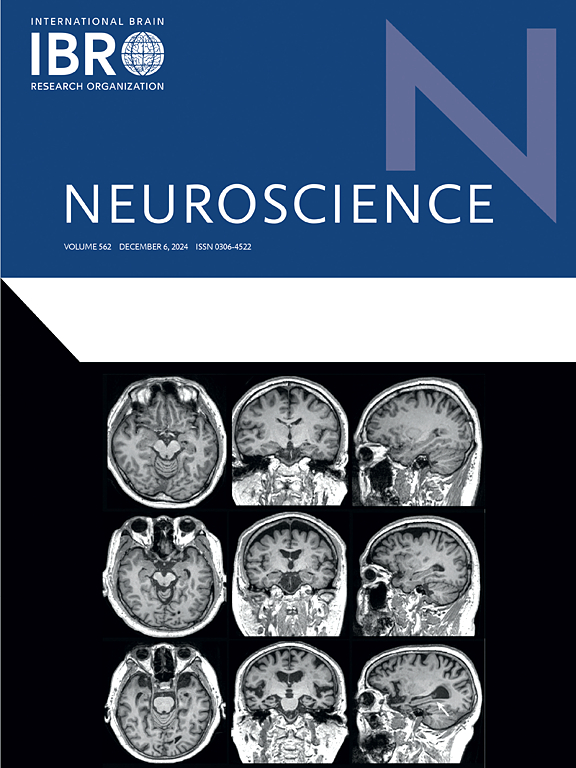Authoritarianism and the brain: Structural MR correlates associated with polarized left- and right-wing ideology traits
IF 2.9
3区 医学
Q2 NEUROSCIENCES
引用次数: 0
Abstract
Authoritarian attitudes across the political spectrum foster radical behaviors, which adversely affect the social fabric. Both left-wing (LWA) and right-wing (RWA) forms of authoritarianism have been described in relation to their psychological correlates, yet little is known about their neurobiological basis. In this study, we explored brain structural correlates (e.g., in cortical thickness (CT) and gray matter (GM) volume) of authoritarianism. For this purpose, we assessed authoritarian dispositions in a sample of 100 young adults and collected 3 T MR images. Images were computed using the CAT12 toolbox. Behaviorally, both the LWA and RWA were positively associated with negative urgency; the LWA also showed a robust positive association with trait anxiety. At the neural level, results showed a negative correlation (r = -0.48) between RWA and a GM volume cluster located in the dorsomedial prefrontal cortex (dmPFC). In addition, we also observed a negative correlation (r = -0.41) between the LWA anti-hierarchical aggression subscale and a CT cluster located in the right anterior insula. Additionally, the resulting clusters converged with further left-wing and right-wing ideology scales related to LWA and RWA, thus providing a robustness check. These results are supported by previous studies showing the relevance of the dmPFC and the anterior insula on social cognition and empathy/inhibitory control, respectively.
专制主义与大脑:与极化的左翼和右翼意识形态特征相关的磁共振结构相关性
不同政治派别的专制态度会助长激进行为,从而对社会结构产生不利影响。左翼威权主义(LWA)和右翼威权主义(RWA)都被描述为与其心理相关,但对其神经生物学基础却知之甚少。在本研究中,我们探讨了专制主义的大脑结构相关性(如皮质厚度(CT)和灰质(GM)体积)。为此,我们对 100 名青壮年进行了专制倾向评估,并收集了 3 T MR 图像。图像使用 CAT12 工具箱进行计算。从行为上看,LWA 和 RWA 均与消极紧迫感呈正相关;LWA 还与特质焦虑呈稳健的正相关。在神经层面上,结果显示 RWA 与位于背内侧前额叶皮层(dmPFC)的 GM 体积集群之间存在负相关(r = -0.48)。此外,我们还观察到 LWA 反等级攻击性子量表与位于右侧前脑岛的 CT 簇之间存在负相关(r = -0.41)。此外,由此得出的聚类与 LWA 和 RWA 相关的左翼和右翼意识形态量表趋同,从而提供了稳健性检验。这些结果得到了以往研究的支持,这些研究显示了前脑皮质和前脑岛分别与社会认知和移情/抑制控制的相关性。
本文章由计算机程序翻译,如有差异,请以英文原文为准。
求助全文
约1分钟内获得全文
求助全文
来源期刊

Neuroscience
医学-神经科学
CiteScore
6.20
自引率
0.00%
发文量
394
审稿时长
52 days
期刊介绍:
Neuroscience publishes papers describing the results of original research on any aspect of the scientific study of the nervous system. Any paper, however short, will be considered for publication provided that it reports significant, new and carefully confirmed findings with full experimental details.
 求助内容:
求助内容: 应助结果提醒方式:
应助结果提醒方式:


